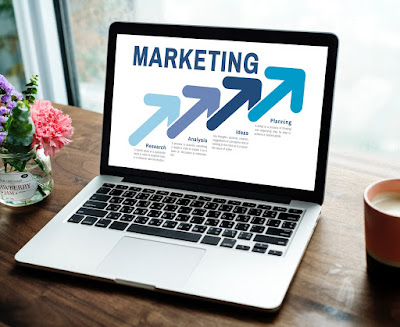Design Tips for Effective Email Marketing
Email marketing is an ideal and affordable marketing strategy for small businesses that want to quickly build a customer base and yield profits with minimal investment. But before you can get people to click on your messages, you must capture their attention. Design plays a critical role in marketing success, so keep the following email design tips in mind when you develop your email campaigns.
Email Layout Tips
From header to footer, your email layout should naturally funnel readers’ eyes through benefits that create desire and toward strong calls to action (CTAs) that motivate response. Balance content and feature more text than images — at least 60 percent text to 40 percent images. Prioritize content hierarchy, with the most important content featured first — above the fold. Use a responsive template optimized for both desktop and mobile devices (50 percent of emails are opened on mobile).
Email Colour Tips
Your choice of email colour can help your brand and message stand out. While it’s fun to experiment with colours, your choices should be strategic. Limit the number of colours you use. Contrast dark text against a light background. Use images to add additional colours to your email design.
Email Fonts and Typography Tips
Keep typography simple for legible emails that engage readers. Use only one or two fonts in your email. Use simple, easy-to-read, web-safe fonts. Examples include Open Sans, Helvetica, Courier, Raleway, Droid Serif, Arial, Tahoma, Times New Roman, Georgia and Trebuchet MS. Size body copy fonts at 14- to 16-point, headline fonts at 22- to 24-point for best readability.
Email Emojis Tips
Emoji use by brands has risen 609 percent year-over-year in digital communications. Here’s how to use them properly. Incorporate emojis to save space yet say more in email subjects (keep your subjects under the “magic” 49-character threshold). Use emojis to make email subjects stand out in recipients’ inboxes. Only use relevant emojis that help convey your message and create excitement.
Email Images Tips
Images are worth a thousand words, but within emails, they should be used in moderation. Save images at 72ppi/dpi and optimize for the web for quick-loading emails. Use JPG and PNG images in emails. Use GIFs sparingly and only if they aren’t too large. Stagger images and text for a clean, easy-to-follow layout. Use compelling images that create desire and tell your story: your products in use, for example, or happy customers. Use image alt text so readers can read what your images are about if their email clients do not display them. Good alt text will still motivate clicks.
Email Call to Action (CTA) Tips
Your CTA fuels email success. Make sure it’s effective with these tips. Make your call to action a colour button that stands out from the rest of your email content. Keep your CTA text short and meaningful: buy now, learn more, read more, etc. Place your first CTA above the fold and repeat it below if necessary (two or three CTAs per email is a good rule of thumb). Make your buttons large enough that readers don’t miss them.
Email Header & Footer Tips
Achieve a professional look with these tips for designing email headers and footers. Incorporate your logo or company name into your header to identify your brand. Apply the same header and footer across all campaigns for consistent branding. Include contact information, additional resources such as social media links and value-added links, unsubscribe links and any legal fine print in the footer.
Whenever you’re tinkering with email design, remember that it’s best practice to make sure new design elements look right across every platform and browser
Here at Anchor Digital, we’re an agency renowned for our holistic approach to marketing and offer high-quality SEO services to businesses across Australia. If you want to find out about the best online SEO tools to optimise the viewership of your business, contact us for a consultation. We’d love to hear from you.




Comments
Post a Comment